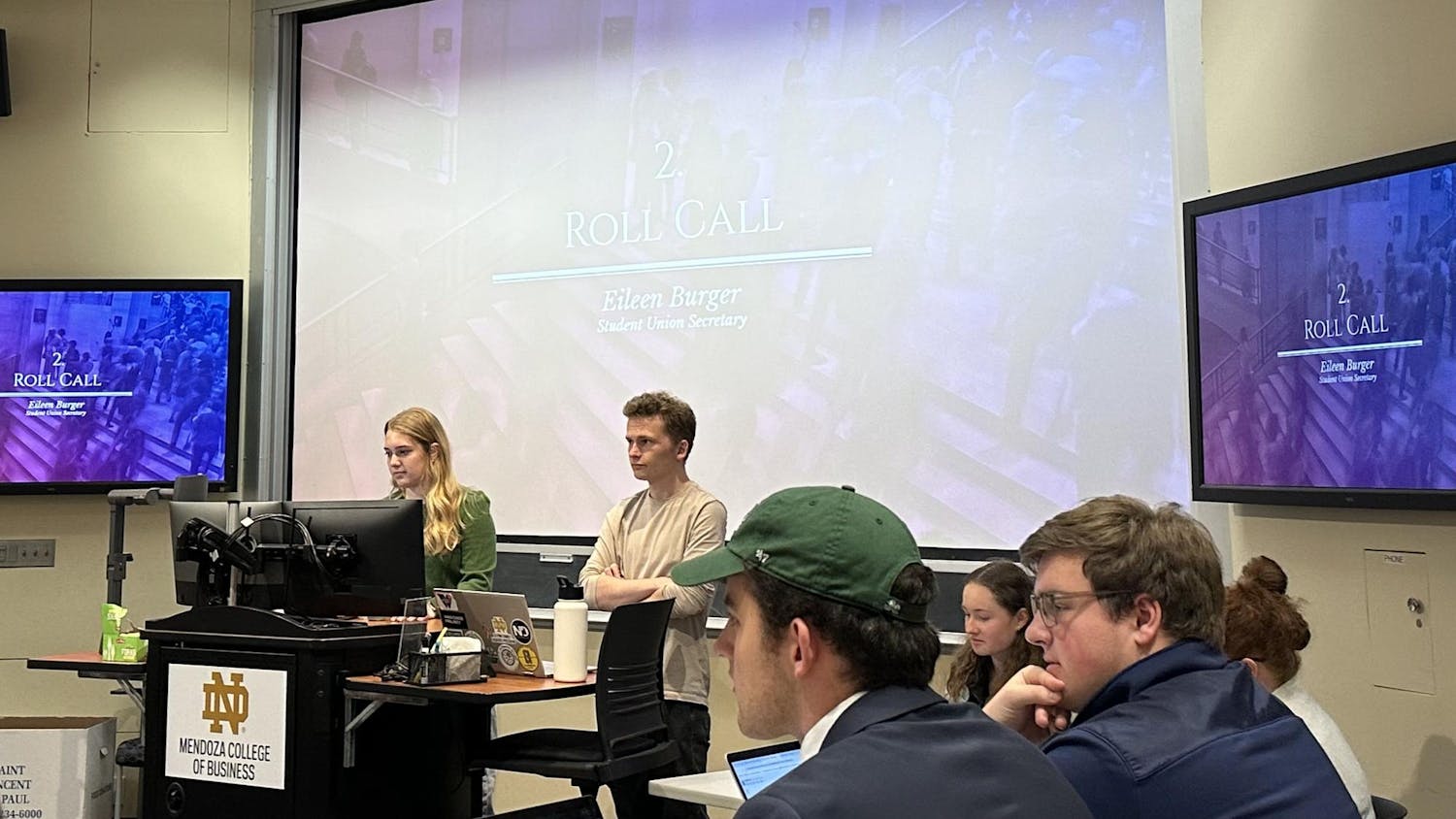The Cushwa Center for the Study of American Catholicism invited Dr. Gillian O’Brien to deliver this year’s Hibernian lecture. O’Brien’s lecture was about her book, “Blood Runs Green,” which was the product of her 2012 Hibernian Research Award and focuses on the 1889 murder of Dr. P.H. Cronin, an Irish physician in Chicago. O’Brien’s research interests, found in her new book include: Irish-American republicanism in the nineteenth century, sensational crime, the history of newspapers and journalism and the urban history of Chicago, all of which helped to inspire her interest in Cronin’s murder.
“To give a little context to how the book came into being, I came to this query almost ten years ago in Chicago on a fellowship to do something entirely different, but it involved me looking at newspapers and dealing with Chicago newspapers of the 1880s,” O’Brien said. “I repeatedly came across accounts of the murder of Dr. Cronin and wondered why I didn’t know more about him. I thought that I’d go read a book about it because I thought someone would have, but I discovered that nobody had. Six books had been written about it, but all in the aftermath of the murder and the trial.”
During O’Brien’s lecture, she said her book was largely the story of two individuals: the victim, Dr. Cronin, and Alexander Sullivan, the leader of an Irish-American organization, Clan na Gael, and the man who may have instigated the murder. Reading from “Blood Runs Green,” she said that Sullivan was a dynamic and changing individual and a “master of reinvention.”
“Between 1865 and 1895, he was, variously, a respected businessman, the owner of a shoe store, a tax collector, a newspaper editor, a journalist, city official, postmaster, the leader of a secret revolutionary society, a lawyer, an abolitionist, a republican, a democrat, the president of the Irish National League of America, a gambler and a murderer.”
The lecture included a summary of what was known about Cronin’s murder, as well as an explanation for why this was found in all the newspapers, not just in Chicago, but across America and in Europe as well.
“For the editor of a newspaper, this story had everything,” O’Brien said. “You have a naked man found dead in a sewer [Cronin]. It’s not a bar brawl or a domestic dispute. It involves secret societies. It involves police incompetence at a very high level and it involves a number of very prominent men who were publicly known.”
The author also discussed the case’s after-effects, specifically how it affected anti-immigration propaganda. While showing a picture of the original “American melting pot,” she noted how it portrayed the Irish as not mixing in properly and even included a “Clan na Gael” flag, directly referencing the clan’s probable involvement in Cronin’s murder.
O’Brien said Cronin’s murder was often used as an anti-Irish propaganda angle in America.
“For an American public who was opposed to immigrants, the Cronin story added fuel to their fire because it showed the Irish were killing the Irish in America,” she said. “They made a lot of it.”













